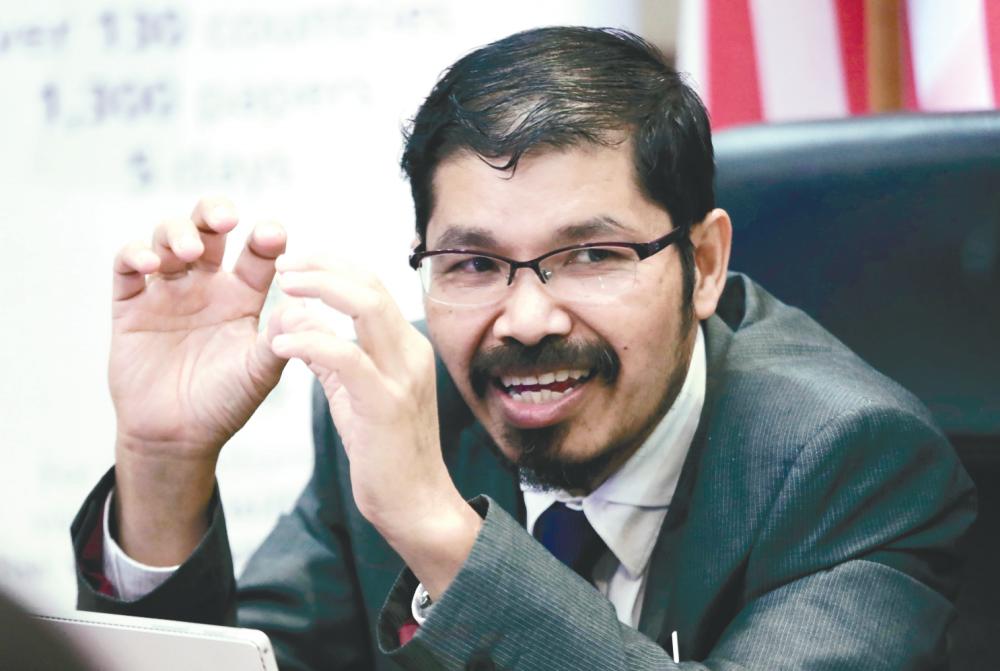PUTRAJAYA: The Department of Statistics Malaysia (DOSM) aims to become a leading international statistical organisation by 2020 by enhancing its statistical delivery to be at par with statistical organisations of developed countries.
Through its Strategic Plan 2015-2020, DOSM has identified various programmes to enhance its statistical management and information technology so that data collection activities, interpretation and data delivery to all users, be it the government, private sector or international organisations are effectively implemented.
Chief statistician Malaysia Datuk Seri Dr Mohd Uzir Mahidin (pix) said Malaysia is seen as the leader in statistics in Asia Pacific and has become a reference country in many areas of statistics such as bill of payments, environment, tourism satellite account and national accounts.
“Some countries have been questioned on how they arrived at those numbers and in this context, Malaysia has never been queried. Nobody (internationally) has disputed our numbers. There is the element of acceptability and we have never received complaints from businesses that have resulted in them incurred losses (from inaccurate statistics),” he told SunBiz in an interview recently.
Established in 1949, DOSM is now a government agency under the Ministry of Economic Affairs that is tasked to collect, interpret and disseminate the latest and real time statistics in the monitoring of national economic performance and social development. There are 469 statisticians in DOSM nationwide.
“We don’t only produce basic statistics like trade, inflation, export-import and unemployment. Now we even look at the environment, energy and ocean statistics,” said Uzir.
He said the 1997 Asian financial crisis impacted Malaysia as the country was unable to manage the situation back then due to a lack of statistics.
“We didn’t get a picture that a recession will happen then because statistics during that time was lagging and were not published as frequently as now. In 1997, the GDP figures were released annually and not quarterly, while export data came in two to three months, hence we won’t know how well the economy is doing.”
Today, the country’s statistics has evolved and the tremendous demand for statistics have created a statistical user community which demands for timely, real-time and relevant information. This dynamic and complex demand poses challenges to DOSM to ensure that the task of collecting, interpreting and communicating statistics is efficiently undertaken.
“People are becoming more critical about statistics and the challenge is to produce more granular and local area statistics so that people can relate to, otherwise they’d only relate to the aggregate numbers. We need to bring the numbers from the national level, to the districts and small towns,” he said.














